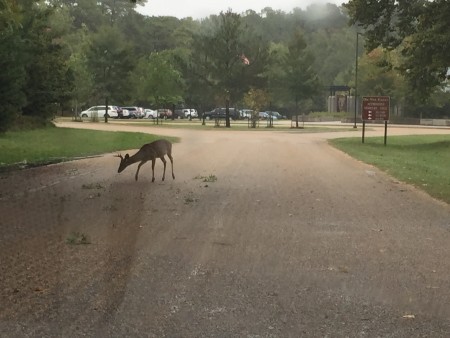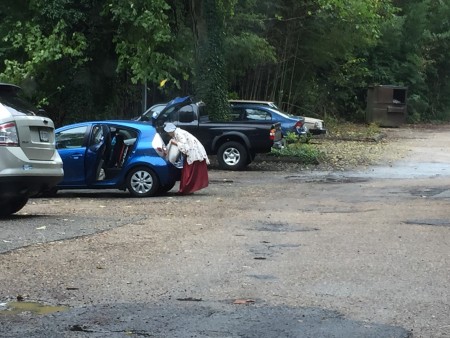I am back from a week in Colonial Williamsburg and Jamestown, Virginia, where I went to do research for a book. Conveniently, I was able to go with my history-teacher husband, because he’s on sabbatical this year. He had meetings set up with several members of the Colonial Williamsburg education department to discuss the educational resources that are available at their new, amazing multimedia library and e-learning site. It was developed by teachers for teachers. (Teachers! It is an incredible resource! Check it out! )
I’ll share just a few highlights. First, the apothecary shop, where the super-knowledgeable apothecary showed me cinchona bark (infused in brandy, it was used to treat malaria–eventually quinine was derived from it):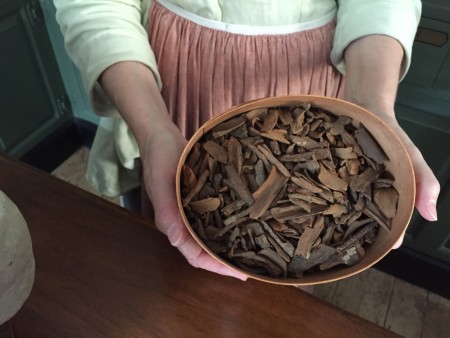 And actual blister beetles (cantharides)–when ground up into a powder, they were applied as blister poultices:
And actual blister beetles (cantharides)–when ground up into a powder, they were applied as blister poultices: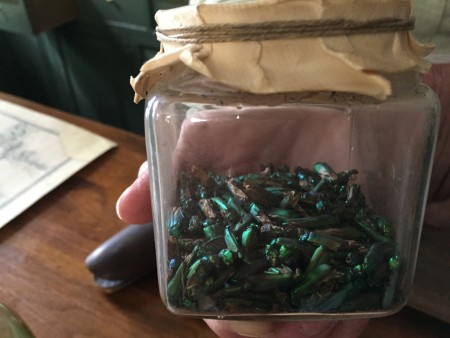 And of course I snapped a picture of this clyster (in case you missed my blog about enemas you can read that here).
And of course I snapped a picture of this clyster (in case you missed my blog about enemas you can read that here).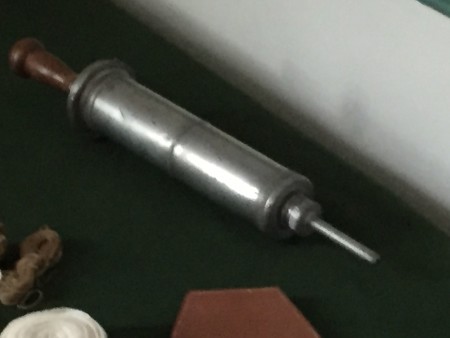 At the milliner’s, the tailor showed me actual cochineal, a type of scale insect used for red dye:
At the milliner’s, the tailor showed me actual cochineal, a type of scale insect used for red dye: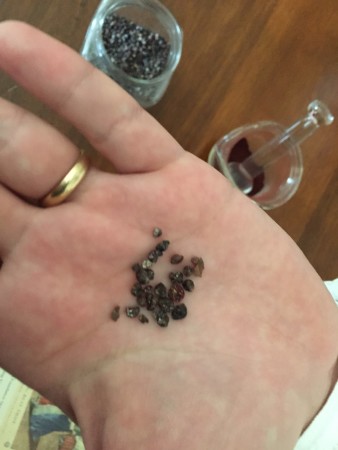
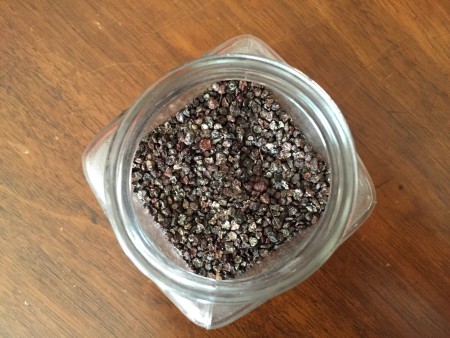 The weather was hot and humid, and the horses clopping along the street were a powerful reminder about what life in the 18th century would have smelled like. By afternoon every day, the odor of manure sort of permeated your nostrils every time you stepped outside:
The weather was hot and humid, and the horses clopping along the street were a powerful reminder about what life in the 18th century would have smelled like. By afternoon every day, the odor of manure sort of permeated your nostrils every time you stepped outside: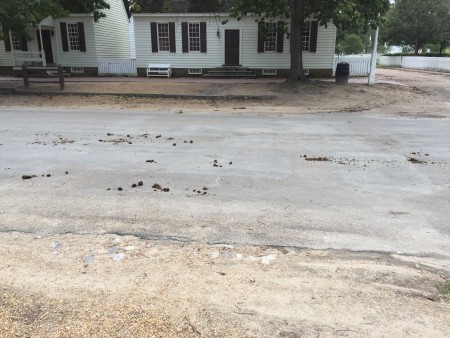 The streets get cleaned every morning, so it wasn’t overpowering, but it did drive home just how smelly actual city streets must have been.
The streets get cleaned every morning, so it wasn’t overpowering, but it did drive home just how smelly actual city streets must have been.
